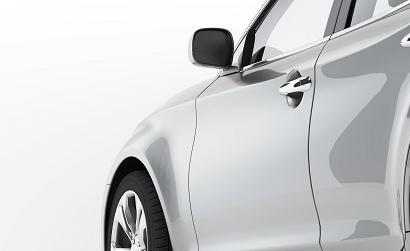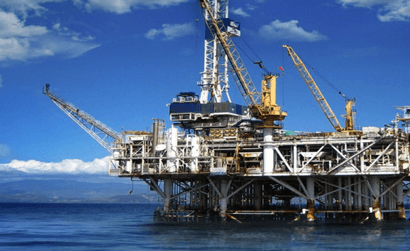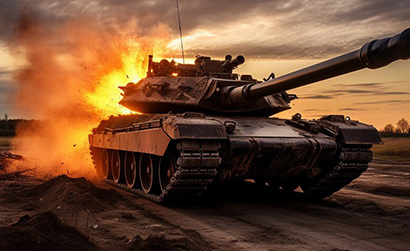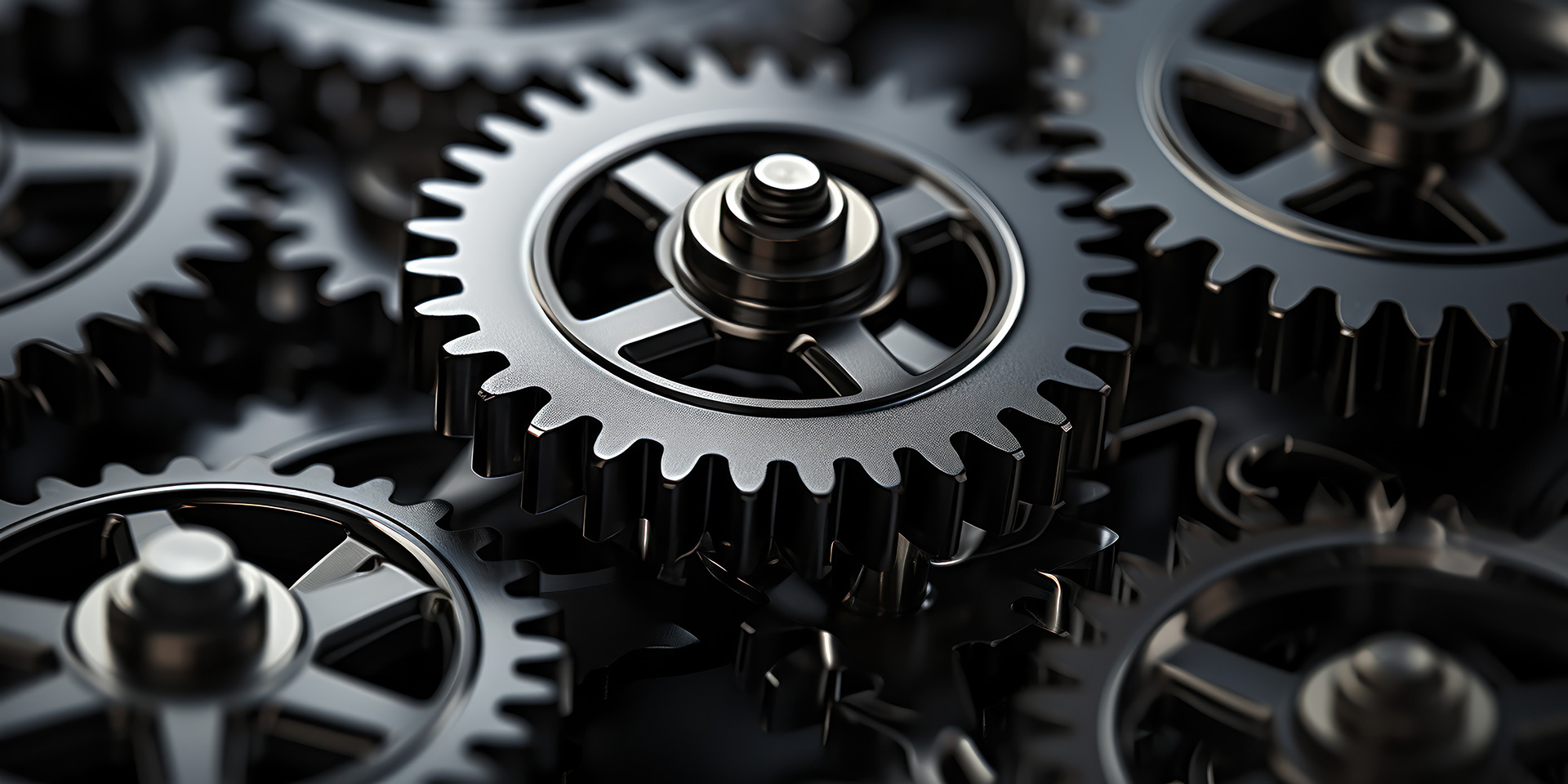
- Anasayfa
Sektörler
 Medikal
MedikalSektöre Genel BakışSon yıllarda, ortopedi endüstrisi eklem replasman cerrahisinin yaygın olarak benimsenmesiyle devrim yaratmış ve dünya çapında yılda yaklaşık 3 milyon prosedür gerçekleştirilmiştir. Günümüzde bu prosedürlerin en yaygın şekli, hasarlı bir eklemin protez ile değiştirildiği prosedürdür. Bu heyecan verici gelişme yeni tedavi seçeneklerini mümkün kılarken, malzeme işleme ile ilgili birçok zorluğu da beraberinde getirmektedir.Bu zorluklar genellikle aşağıdakilerden kaynaklanır:İmplantın karmaşık şekliKısıtlayıcı geometrik ve boyutsal gerekliliklerYerleştirmeden sonra implantın yüzey bütünlüğünü korumada zorluk (implantın dayanıklı ve aşınmaya dirençli olması için gereklidir)VAV, bu tür uygulamalar için yüksek kaliteli, güvenilir çözümler geliştirmek amacıyla çok çalıştı.Ortopedik implantlar genellikle titanyum/titanyum alaşımları, polimerler (örneğin UHMWPE - Ultra Yüksek Moleküler Ağırlıklı Polietilen) veya seramikler (Alüminyum Oksit ve Kalsiyum Fosfatlar gibi) gibi sert malzemelerden yapılır. Bu malzemelerin geleneksel yöntemlerle işlenmesi genellikle oldukça zordur. Gerekli üstün yüzey kalitesi de hesaba katıldığında sorun daha da zorlaşmaktadır.

 Medikal
Medikal
Sektöre Genel BakışSon yıllarda, ortopedi endüstrisi eklem replasman cerrahisinin yaygın olarak benimsenmesiyle devrim yaratmış ve dünya çapında yılda yaklaşık 3 milyon prosedür gerçekleştirilmiştir. Günümüzde bu prosedürlerin en yaygın şekli, hasarlı bir eklemin protez ile değiştirildiği prosedürdür. Bu heyecan verici gelişme yeni tedavi seçeneklerini mümkün kılarken, malzeme işleme ile ilgili birçok zorluğu da beraberinde getirmektedir.Bu zorluklar genellikle aşağıdakilerden kaynaklanır:İmplantın karmaşık şekliKısıtlayıcı geometrik ve boyutsal gerekliliklerYerleştirmeden sonra implantın yüzey bütünlüğünü korumada zorluk (implantın dayanıklı ve aşınmaya dirençli olması için gereklidir)VAV, bu tür uygulamalar için yüksek kaliteli, güvenilir çözümler geliştirmek amacıyla çok çalıştı.Ortopedik implantlar genellikle titanyum/titanyum alaşımları, polimerler (örneğin UHMWPE - Ultra Yüksek Moleküler Ağırlıklı Polietilen) veya seramikler (Alüminyum Oksit ve Kalsiyum Fosfatlar gibi) gibi sert malzemelerden yapılır. Bu malzemelerin geleneksel yöntemlerle işlenmesi genellikle oldukça zordur. Gerekli üstün yüzey kalitesi de hesaba katıldığında sorun daha da zorlaşmaktadır.
 Otomotiv
OtomotivIn recent years, the global automotive industry has faced many difficulties, including a decline in demand in several key markets, and shifting from traditional car ownership to ride-sharing and rentals – made easier by emerging technologies. Additionally, as legislative authorities and environmental protection agencies struggle to keep up with the latest developments in the automotive industry, they introduce more and more legislation and standards – affecting vehicle costs.Despite of this, automotive companies worldwide are still expected to equip their vehicle with advanced equipment, and continuously improve car performance – while keeping the prices affordable.In order to be able to reduce the end prices without compromising on quality, automotive companies are constantly investigating new ways of lowering production costs. Carmex is committed to helping our partners in the automotive sector by offering them cutting tools with improved architecture (and lower cost per unit).Another important step towards potential cost savings is using the optimal cutting parameters. In order to allow our customers to determine these parameters as easily as possible, we’ve created the Tool Wizard software.The web-based software allows the user to enter the parameters of their application (including the material). Then, it selects the best available solution for the job, and provides the user with easy to understand recommendations (including recommended tools, speeds, feed rates, number of passes, and other cutting parameters). If needed, it can even generate the final G-Code program for a wide variety of CNC controls.

 Otomotiv
Otomotiv
In recent years, the global automotive industry has faced many difficulties, including a decline in demand in several key markets, and shifting from traditional car ownership to ride-sharing and rentals – made easier by emerging technologies. Additionally, as legislative authorities and environmental protection agencies struggle to keep up with the latest developments in the automotive industry, they introduce more and more legislation and standards – affecting vehicle costs.Despite of this, automotive companies worldwide are still expected to equip their vehicle with advanced equipment, and continuously improve car performance – while keeping the prices affordable.In order to be able to reduce the end prices without compromising on quality, automotive companies are constantly investigating new ways of lowering production costs. Carmex is committed to helping our partners in the automotive sector by offering them cutting tools with improved architecture (and lower cost per unit).Another important step towards potential cost savings is using the optimal cutting parameters. In order to allow our customers to determine these parameters as easily as possible, we’ve created the Tool Wizard software.The web-based software allows the user to enter the parameters of their application (including the material). Then, it selects the best available solution for the job, and provides the user with easy to understand recommendations (including recommended tools, speeds, feed rates, number of passes, and other cutting parameters). If needed, it can even generate the final G-Code program for a wide variety of CNC controls.
 Havacılık
HavacılıkCurrently, the worldwide commercial aviation industry is valued at nearly US $5 trillion. This sector is expected to grow at an unprecedented rate in the coming years. This growth is expected be driven by trends like urbanization, and global liberalization of air travel regulations. In parallel, key industry players have committed to ambitious targets related to fuel efficiency and reduced aircraft weight. Additionally, there are ongoing developments that aim to reduce carbon emissions, and lower noise levels.These demands have made weight savings a key requirement in the aerospace sector. One of the solutions that the industry has come up with is to switch to lightweight composite materials (e.g. carbon fiber reinforced plastic, aka CFRP), and so-called “sandwich” parts (constructed by applying layers of composite materials to metallic components). CFRP is being increasingly used in the aerospace industry in order to manufacture structural parts. In fact, in new-generation jetliners – like the Airbus A350 and Boeing 787, nearly the entire outer shell of the aircraft is made out of this material. While these developments may present new opportunities, they come with many challenges as far as wear resistance and tool geometry are concerned – a problem made worse by the abrasiveness of materials like CFRP.Carmex has collaborated for many years with companies in the aerospace sector. Today, we are known as a reliable, long-term partner that can be depended on for all aerospace-related applications, including those with diffucult-to-machine materials like CFRP. We are committed to delivering perfect-quality results on time, not only for the sake of our customers – but for the safety of the public as well.

 Havacılık
Havacılık
Currently, the worldwide commercial aviation industry is valued at nearly US $5 trillion. This sector is expected to grow at an unprecedented rate in the coming years. This growth is expected be driven by trends like urbanization, and global liberalization of air travel regulations. In parallel, key industry players have committed to ambitious targets related to fuel efficiency and reduced aircraft weight. Additionally, there are ongoing developments that aim to reduce carbon emissions, and lower noise levels.These demands have made weight savings a key requirement in the aerospace sector. One of the solutions that the industry has come up with is to switch to lightweight composite materials (e.g. carbon fiber reinforced plastic, aka CFRP), and so-called “sandwich” parts (constructed by applying layers of composite materials to metallic components). CFRP is being increasingly used in the aerospace industry in order to manufacture structural parts. In fact, in new-generation jetliners – like the Airbus A350 and Boeing 787, nearly the entire outer shell of the aircraft is made out of this material. While these developments may present new opportunities, they come with many challenges as far as wear resistance and tool geometry are concerned – a problem made worse by the abrasiveness of materials like CFRP.Carmex has collaborated for many years with companies in the aerospace sector. Today, we are known as a reliable, long-term partner that can be depended on for all aerospace-related applications, including those with diffucult-to-machine materials like CFRP. We are committed to delivering perfect-quality results on time, not only for the sake of our customers – but for the safety of the public as well.
 Petro Kimya
Petro KimyaWhile the oil, gas, and energy industries may differ from each other, they all have some similarities: The continuous need to increase the capacity of existing equipment, lower cycle times, and reduce the down-times to a minimum; All without compromising on quality and consistency.

 Petro Kimya
Petro Kimya
While the oil, gas, and energy industries may differ from each other, they all have some similarities: The continuous need to increase the capacity of existing equipment, lower cycle times, and reduce the down-times to a minimum; All without compromising on quality and consistency.
 Savunma Sanayi
Savunma SanayiKesici uçlar, savunma sanayiinde kritik bir rol oynamaktadır. Yüksek hassasiyet ve dayanıklılık gerektiren bu sektörde, savunma araçlarının ve ekipmanlarının üretiminde kullanılan malzemelerin işlenmesi büyük önem taşır. Kesici uçlarımız, askeri araç ve ekipmanların parçalarının kesim, delme ve frezeleme işlemlerinde üstün performans sunar. Özellikle zırh malzemeleri, titanyum ve diğer sert metallerin işlenmesinde yüksek verimlilik ve hassasiyet sağlar. Savunma sanayiinin artan kalite ve güvenlik standartlarına uygun olarak üretilen kesici uçlarımız, güvenilirlik ve uzun ömürlülük açısından da ön plana çıkmaktadır. Bu sayede, savunma projelerinde maliyetleri düşürürken, üretim süreçlerini hızlandırır ve yüksek kaliteli sonuçlar elde edilmesini sağlar.

 Savunma Sanayi
Savunma Sanayi
Kesici uçlar, savunma sanayiinde kritik bir rol oynamaktadır. Yüksek hassasiyet ve dayanıklılık gerektiren bu sektörde, savunma araçlarının ve ekipmanlarının üretiminde kullanılan malzemelerin işlenmesi büyük önem taşır. Kesici uçlarımız, askeri araç ve ekipmanların parçalarının kesim, delme ve frezeleme işlemlerinde üstün performans sunar. Özellikle zırh malzemeleri, titanyum ve diğer sert metallerin işlenmesinde yüksek verimlilik ve hassasiyet sağlar. Savunma sanayiinin artan kalite ve güvenlik standartlarına uygun olarak üretilen kesici uçlarımız, güvenilirlik ve uzun ömürlülük açısından da ön plana çıkmaktadır. Bu sayede, savunma projelerinde maliyetleri düşürürken, üretim süreçlerini hızlandırır ve yüksek kaliteli sonuçlar elde edilmesini sağlar.
 Dişli
Dişli
 Dişli
Dişli



